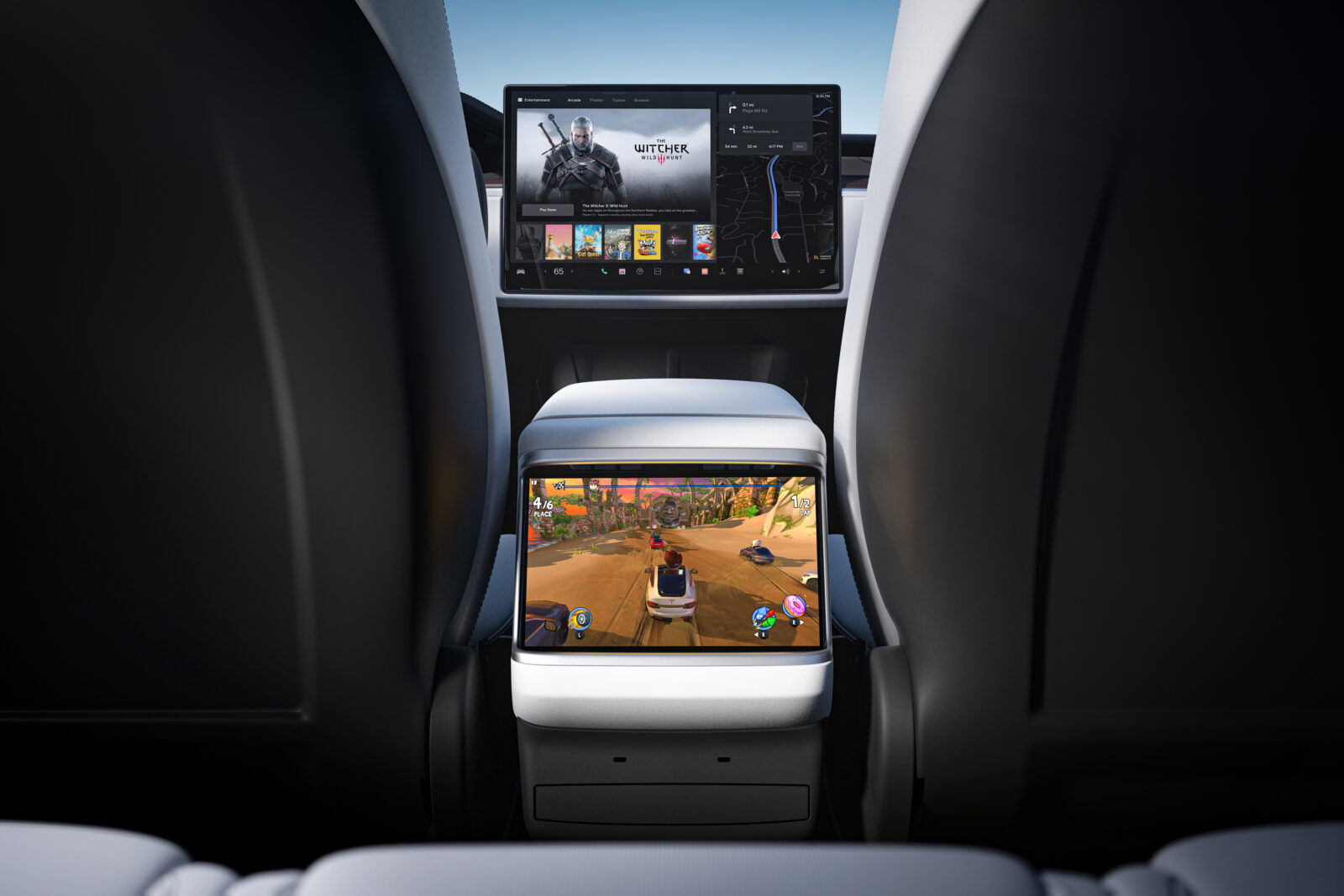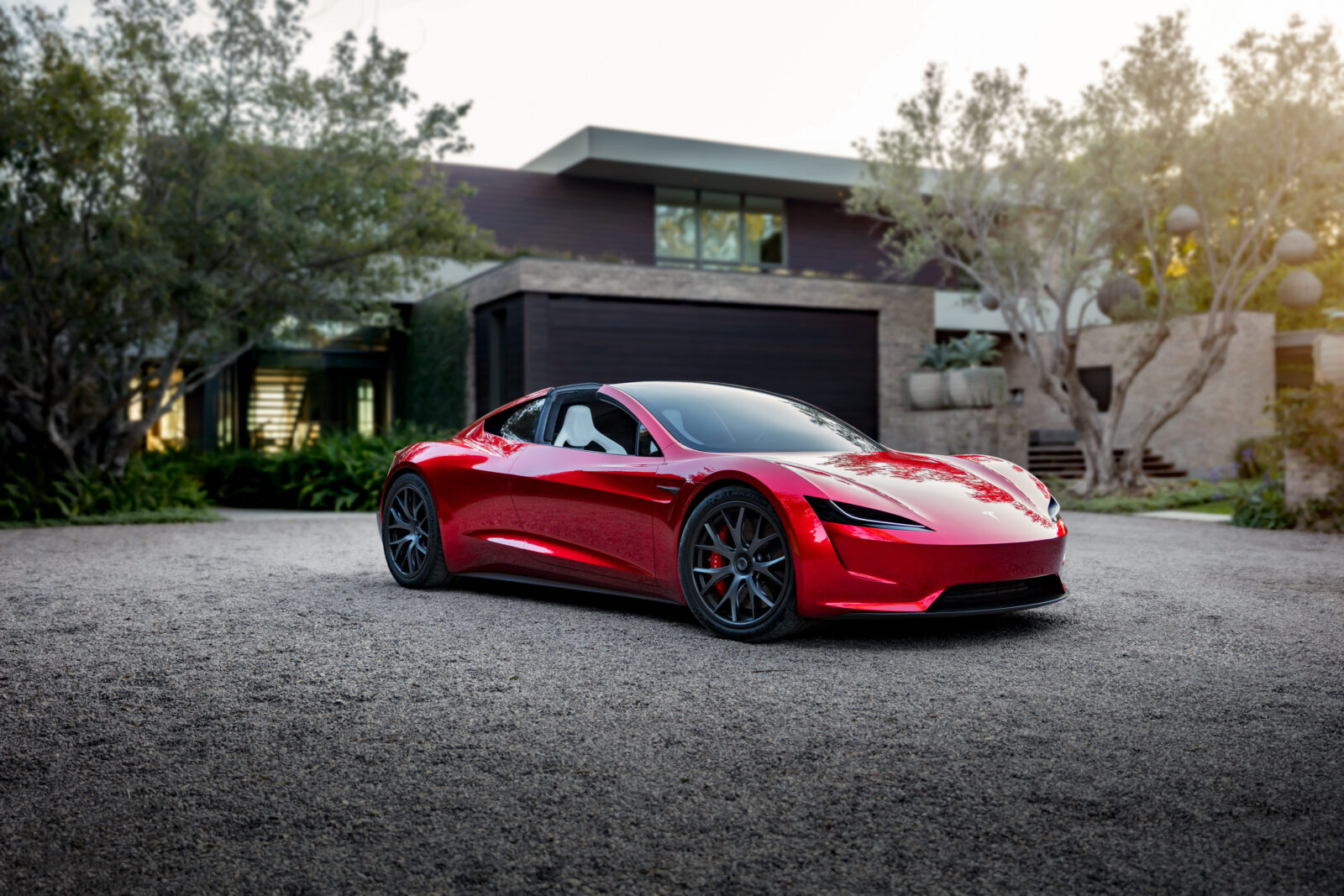The (Tesla) Model S changed the way the world thought about electric cars – “they were no longer the vegetables you should eat but the dessert that you desired,” said Jake Fisher, Senior Director of Consumer Reports’ Auto Test Centre in 2022. Its strategy made sustainable innovation desirable.
Tesla’s new product strategy used ‘valuation entrepreneurship’ to successfully launch a high-end battery electric vehicle to the market when others had failed to gain traction. The way it achieved this has been investigated by Maximilian Palmié and his co-workers and they reveal that reputational politics and blame avoidance tactics were key factors.

Valuation entrepreneurship
Valuation entrepreneurship aims to get critical mass of consumers to evaluate an innovation favourably. ‘Valuation’ and ‘evaluation’ are two distinct entities – the author cites the example of an art critic that can impact the valuation of an artwork through his evaluation of its merit.
Sustainable products have suffered from an attitude-behaviour gap. Although consumers claim to be willing to buy alternative products with better environmental performance, when it comes to actual product purchase they are unwilling to switch. This is for several reasons – it may be difficult to determine the credentials of a new product; consumption decisions are often habit not considered choices; and there is the belief that sustainable products will require them to compromise on functional performance.

This makes ‘going green’ particularly challenging in the automotive industry, where the choice of car is strongly intertwined with technology, culture and practices and ways that owners define their interests, beliefs, values and status.
So, to overcome the attitude-behaviour gap, Tesla used three product design strategies to enhance the public’s perception of battery electric vehicles (BEV):
- Optimising traditional evaluation criteria – driving performance, comfort, space, status – qualities that the customer doesn’t want to compromise. Features such as the ‘falcon-wing’ doors created affection for the Model X.
- Discontinuous technology solutions such as the digital control panel add to the appeal and status of the vehicle.
- Creating an ecosystem of complementary products – home charging stations and solar to provide ‘green electric’; these were designed to complement a lifestyle choice.

Tesla’s initial product, the ‘Roadster’, a two-seater sports car with an open roof, was launched in 2008. This was followed in 2012 with the Model S, a luxury sedan that was described by Higgins as ‘almost singlehandedly creating the electric car zeitgeist’ in North America and Europe. In 2020, Tesla reported its first full year of profit and this was sustained through to 2021.
However, these design decisions came at the expense of environmental performance, so to minimise the risk of a backlash for ‘greenwashing’ Tesla employed reputational strategies to avoid blame.
The high stakes strategy was successful and a direct result was that Tesla’s initial, lavish models improved public perception of electric cars and enabled both Tesla and other car makers to sell less expensive, more sustainable BEVs in ever increasing quantities.
Analysis – making sustainable innovation attractive
The study evaluated Tesla’s product design strategies and complementary political strategies that were employed between the Roadster and the Model S, and this enabled Tesla to offer powerful, luxurious and alluring EVs while avoiding reputational risk. Notably, Tesla’s design strategy used technological innovations such as autonomous driving functionality, pioneered over-the-air software updates and provided a fully electric experience.
In this way the Tesla was positioned as the future.
The authors’ report that, despite issues, early adopters had high levels of brand excitement, with one observer saying a Tesla “is not sexy because it is electric, its sexy because it’s autonomous” and a “gadget like a new iPhone”.
Avoiding Blame
The authors identified three tactics that Tesla employed to avoid a ‘greenwash’ backlash:
- Anticipating favourable developments – attention was directed into the future to make it easier to ignore shortcomings. The technology was pitched as pioneering, with the implication that it will drive the development of new technologies that will solve today’s issues.
- Encouraging customer advocates – evangelical early adopters were invited to introduce newcomers to the vehicle and were rewarded by preferential share deals and referral incentives.
- Diverting accountability – the environmental footprint ultimately depends on access to sustainable electricity; CEO Elon Musk gave calls to action to the government to accelerate this.
Conclusions
The authors developed a theoretical framework to define valuation entrepreneurship which shows how favourable consumer evaluations are induced through product-design strategies and (reputational) political strategies.
They conclude that although “stimulating the appreciation of sustainable innovation by developing environmentally questionable products may seem paradoxical at first, the success of Tesla’s approach may lead to a more nuanced picture of sustainability.”

The authors identified:
- Idealists – who put environmental credentials first
- Pretenders – who seek to profit from ‘greenwashing’
- Bystanders – who don’t care
- Consequentialists – where environment benefits are almost a byproduct
They suggest that as idealists have tried and failed to make an impact “the successful transformation to a green industry may instead come from the consequentialists. But distinguishing true consequentialists from the pretenders will be a challenge.”
Read the paper
Valuation entrepreneurship through product-design and blame-avoidance strategies: How Tesla managed to change the public perception of sustainable innovations
Maximilian Palmié, Lucas Miehé, Johanna Mair, Joakim Wincent
First published: 10 April 2024 https://doi.org/10.1111/jpim.12732

